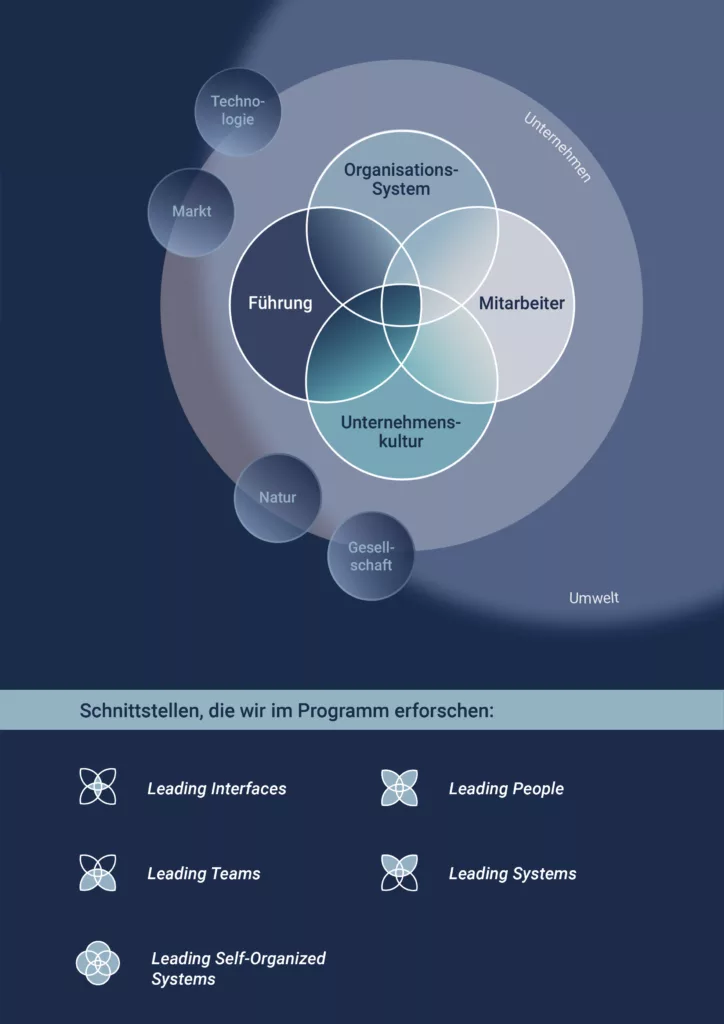
Self-organization
Emergent Leadership

Leadership –
A new way
Many organizations suffer under similar issues such as information overflow, complexity or skill shortage. To tackle those issues a new way of leadership is necessary to create a co-creative and inspiring team spirit. Such a leadership model leads to real employee loyalty, creative solutions and therefore keeps organizations successful under ever demanding circumstances.

Self-organization
of expert teams
As smart decisions become hard to find in a more and more complex environment a new way of thinking leadership is necessary. Information income and evaluation increases exponentially. A trusted team of experts is a prerequisite for smart decision making. A promising approach to enable and build a trustworthy team is a transformation to self-organized teams.

Resolving
contradictions
Contradictions are root cause of most problems in organizations. They become visible at various occasions e.g. between colleagues as interfaces – as misunderstandings – between strategy and implementation, and during decision making, to just name a few. By resolving those contradictions potentials for better understanding, purposeful actions, and smart solutions emerge.
Emergent Leadership

»Misunderstanding is the prime evil that escaped from Pandora‘s box, directly followed by hope that one day we will understand each other again.«
Stefan L. P. Wolf
Resolving contradictions at interfaces or how to start a disruptive transformation
Contradictions arise at every system difference. Therefore, leadership and self-organization also seem to be a contradiction per se. This contradiction can be resolved by enabling leaders to guide their teams towards self-organization, which is one of the most challenging tasks for any leader. Now the question arises, why should leaders leave their old path, as it “worked fine so far”?
Increasing information quantity, quality and flow let every “John Wayne” leader realize that they have to rely on experts in their teams to process the important information. Therefore, relation, interaction, and trust level between leaders and their teams become crucial for most decisions they take. One danger that emerges from teams at an early cooperation state is that deciders listen only to “pleasant” or “fitting” opinions, advice, or even facts, which can lead to extremely bad long term strategic decisions (as described by Dörner1).
An understanding of contradictions and systemic thinking can address these communicative obstacles.
The interfaces that conceal the greatest potential are shown in the diagram below. This also results in the structure of the program for “Innovative Corporate Culture – How emergent leadership enables self-organization”.
________________________
1 Dietrich Dörner; Die Logik des Misslingens
These contradictions manifest themselves as differences of opinion between colleagues and often lead to misunderstandings and the resulting conflicts are a major problem for companies and organizations.They are slowed down and hindered on their way to fulfill their purpose by those misunderstandings.
Therefore, organizations are unable to unfold their full potential and find (co-) creative and sustainable solutions, respectively. Unfortunately, misunderstandings at interfaces are universal to every organization. They occur between team members, between teams or team leaders during interdisciplinary projects, or between department heads while implementing companywide change initiatives or strategic projects.
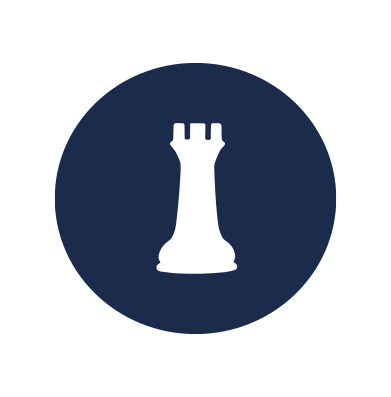
A trusted and valuing communication overcomes such misunderstandings and adds tangible value to organizations via leaner processes and a more agile working environment.
This is the lever point for our approach to make companies and organizations more efficient, resilient, and sustainable.
Start-Ups
Start-ups are under constant change as frequently new members join teams, others leave or take over additional tasks. In such a floating environment team building and development towards an efficient and creative team is extremely challenging. Careful analysis and a concept that make impact of leavers or joiners on team performance predictable will help start-ups realizing their purpose and simultaneously fulfill shareholders expectations.
In addition, during growth phases possible 1-on-1 interactions increase exponentially and consequently potentials for misunderstanding. Close cooperation and successful teamwork are hard to achieve under such circumstances. After reaching a “critical employee count” of about 100 persons, start-ups have to transform and reinvent themselves. Working style and cul-
ture developed during this phase – intentionally managed or grown on its own – will stay with the company for years with all its positive and negative aspects.
In this transformation process shared values & purpose of the company must be developed and identified.

Especially for Start-ups, this process is extremely challenging as with an increasing staff inevitably new and different values and mindsets of workers are added to overall company-culture. Such a transition should be managed actively and with help of clear and transparent communication throughout the organization.
A positively managed growth and subsequent transition will strengthen resilience of your whole organization.
Research & Development and Innovation
R&D departments are special. They differ from most other departments due to several reasons. People working in R&D are responsible for the continuation of the company. What they develop today will be sold in 5 years.
Investments in R&D are therefore not visible on a short-term basis. In addition, R&D managers have to create a positive failure culture and a creative atmosphere under extreme economic pressure.
Another challenge for R&D leaders is that motivation for researchers and developers originates from more sources than monetary incentives only. Organizations rely on the knowledge and expertise of their (senior) R&D team members, therefore a low employee fluctuation is important for R&D departments.
Of course, these experts are aware of their value for their company, implying that power imbalance in negotiations shifts in favor of the employee. Even if companies have good knowledge management systems (which is barely the case), a brain drain cannot be compensated on short notice.
Even if companies have good knowledge management systems (which is barely the case), a brain drain cannot be compensated on short notice.
All above mentioned factors make it a challenging environment for managers and executives. We enable them and their R&D teams to develop and provide a (co-)creative and fruitful working environment.
In such an atmosphere, potentials emerge and become observable as “leverage points”, where small adjustments have tremendous influence on the outcome.
At this point true innovation takes place and guides the company on its journey into the future.

Utilizing an advanced team development model, we can support your peers lead their teams towards self-organization. In addition, peers become a self- organized team themselves with shared responsibilities and decision power.
Leadership in Organizations
Over the last decades and centuries leadership in corporates was dominated by a “strong” leader who gives/provides direction and orders. In our opinion such an approach is outdated and was in our opinion never truly successful.
Consequently, leadership training becomes extremely important for corporations as it influences decision quality and therefore their long-term performance. In addition, a leadership program is an extremely effective tool to change “unseen” cultural basis in your company.
This can also be observed in small- and mid-sized companies as well as in corporates. As soon as companies reach a critical size daily cooperation is not based on personal trust e.g., between two long-term colleagues, but on a common goal or belief between two individuals working together.
Therefore, companies face a dilemma of two connected obstacles that manifests itself in a paralyzed organization:
First, new interfaces are occurring exponentially between employees, teams and consequently peers.
Second, they work on a low trust level leading to a high probability for misunderstanding.
A third obstacle for a lean organization is a “natural vacuum” that exists at every interface between peers. Function or failure of such interfaces is nearly to 100% dependent on the personal relation between peers.
In combination with above mentioned lack of trust within an organization a toxic downwards spiral will emerge and affect nearly all processes within the company.
To unfold the full potential of organizations and break through paralyzes all three obstacles should be tackled in one wholistic approach.
First, trust between top management and peers has to be developed.
In a next step, common values and purposes, visions and missions for the organization will be elaborated by whole organization.
As a consequence, natural vacuums will vanish as common values and vision set the goal and peers can fill it in a trusted approach.
As a last step in organizational development, peers and any other employee become a trusted high-performance and ideally self-organized team.
Our program “Innovative Corporate Culture – How emergent leadership enables self-organization” provides managers a new understanding of their role in order to develop potential in their teams and lead them to self-organization.
On the long term, we want to change corporations leading culture towards shared leadership and selforganization, which is by the way the most natural organization system as it is adapted from life itself2.

Basis for this leadership program was developed by Manuel Jork and others (https://cockpit4me.de/)
in cooperation with a Swiss based corporation and implemented over several years3.
A glimpse of this idea can be found in our book Always Team.
________________________
2 Gerald Hüther; Etwas mehr Hirn, bitte
3 Manuel Jork; The People Effect
About us
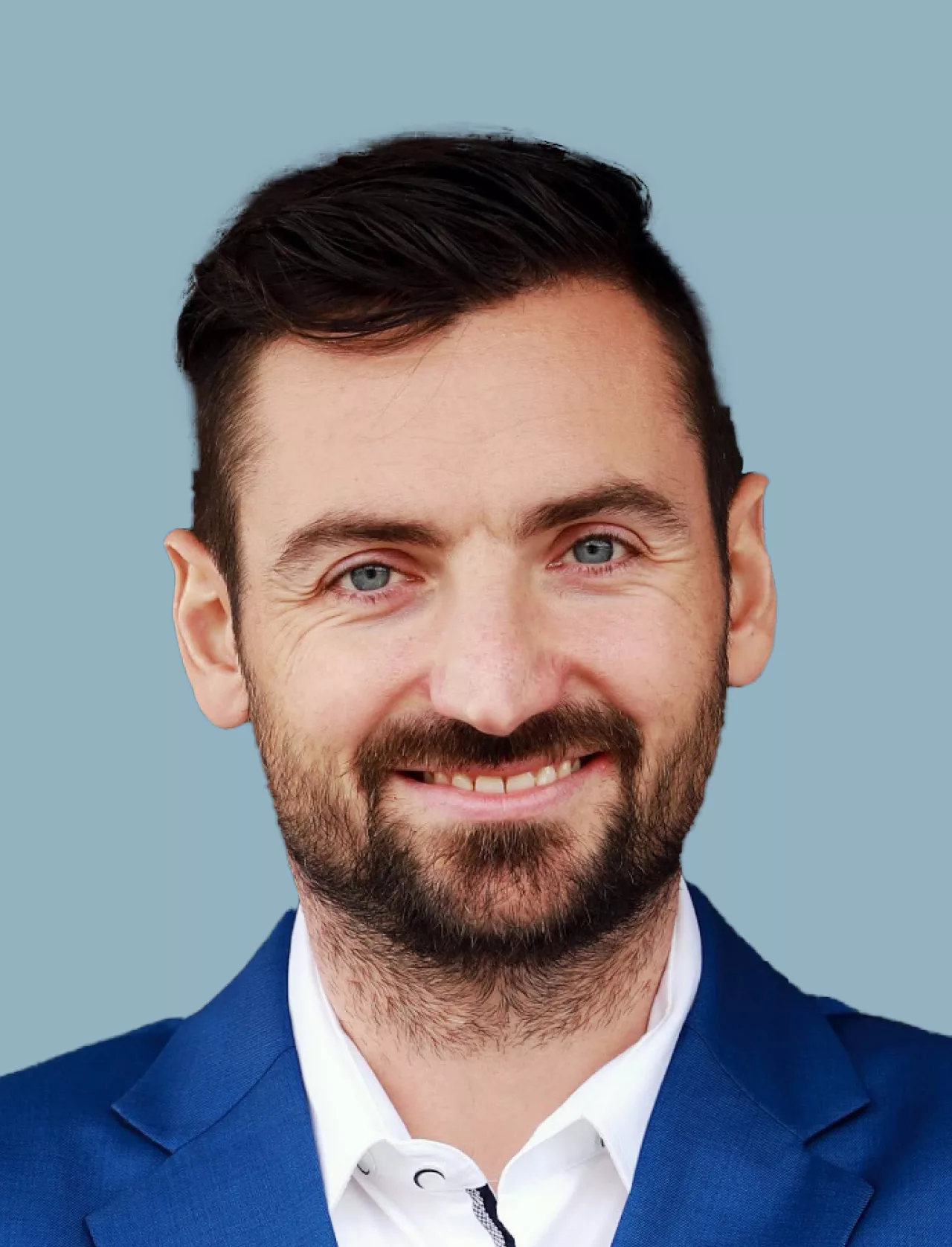
Dr. Stefan L. P. Wolf
was born in Dillingen an der Donau in 1987.
He studied Nano Science in Constance and Valencia. Afterwards he performed his PhD studies under supervision of Denis Gebauer and Helmut Cölfen at the chair of Physical Chemistry at the University of Konstanz.
In 2017 he moved to industry and after working as a development engineer and management consultant he currently works as a team leader in research and development and in technical business development.
Through a lucky coincidence and inspired by neuroscience, he became aware of the inhibiting effect of misunderstandings for teams and companies. Since then, he considers resolution of these misunderstandings as his most import- ant leadership task.
Consequently, he works as an interface coach and supports companies in the transformation to self-organization.

Manuel Jork
Manuel Jork was born in 1955 in Berlin, studied law at the Free University of Berlin, and subsequently worked as a lawyer and HR manager in Berlin and Frankfurt am Main from 1982 to 2000. During this time, he was certified by Klaus Grochowiak as an NLP Master and Consultant for System Dynamics. In 1990, he began his work as a consultant and coach. He accompanies executives and negotiation professionals in boundary areas and specializes in establishing cooperation between different people.
His focus is on interfaces in companies. The most amazing things happen at interfaces. Above all, this is where it’s decided whether competencies and performance flourish or are lost. He combines labor law and psychotherapy with organizational and leadership development. Together with a Swiss company, he developed an international leadership program that is implemented worldwide. The communication methods presented here are applied there. They connect all cultures. He is a member of Mensa in Germany and the Academy for Potential Development by Professor Gerald Hüther.
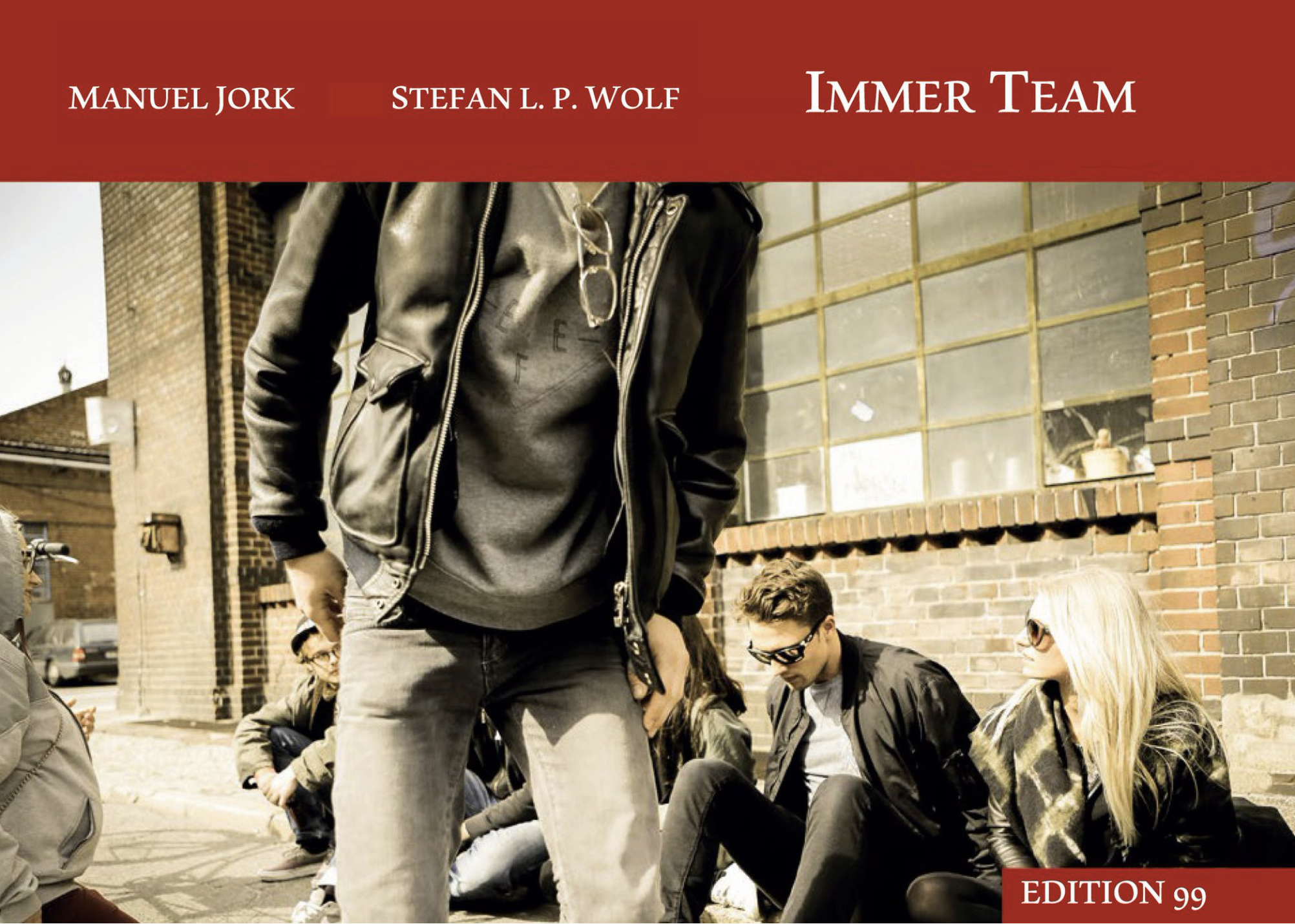
Teams change constantly. They unfold in phases. These are not always easy to detect.
Therefore, we offer you an advanced model of teamphases. Goal and purpose is to unfold teams to the stage of self-organization and to overcome old hierarchical leadership models.
This is your action guide to develop high level teams and to create impact at the interfaces to ensure necessary transformation of your organization.”
Contact

Dr. Stefan L. P. Wolf
St. Gallerstrasse 56
9500 Wil
UID: CHE-279.519.266
+41 76 215 69 26
Stefan@slp-wolf.com

